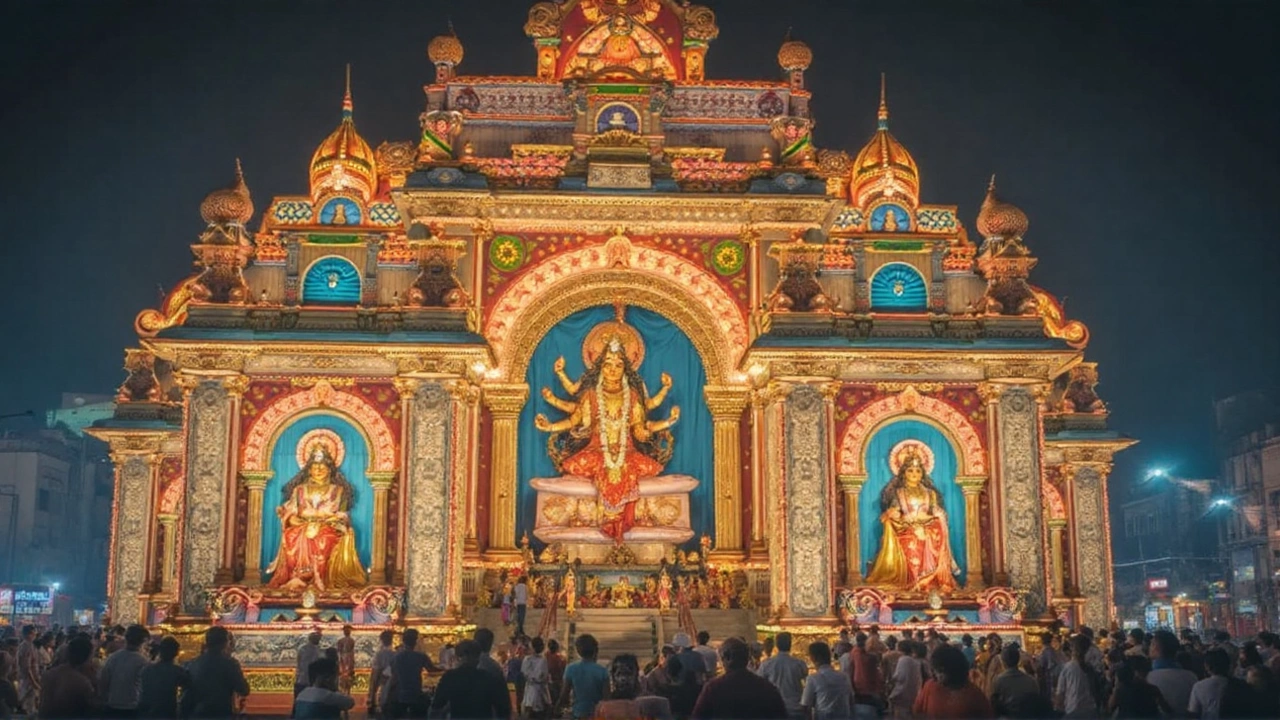Monsoon Disaster – What You Need to Know
When the rains hit hard, the calm can turn chaotic in just a few hours. Flooded roads, water‑logged houses, and power cuts are common, but you can cut the worst of it with the right prep. Below is a straight‑forward guide that helps you act fast and keep loss low.
Why Monsoons Turn Deadly
Heavy clouds bring more than wet umbrellas. The ground can’t soak up sudden downpours, so water rushes into low‑lying areas, rivers overflow, and landslides appear on steep slopes. In many places, drainage systems are old or blocked, making the problem worse. The result: homes get submerged, roads wash out, and people lose access to clean water.
Apart from the physical damage, health risks rise fast. Stagnant water breeds mosquitoes, and contaminated water can cause stomach issues. Power outages add to the stress, especially when medical devices need electricity. Knowing these risks helps you focus on the right actions before the storm hits.
Practical Steps to Protect Your Home
1. Clear Gutters and Drains. On a sunny day, pull out leaves, twigs, and trash from gutters and storm drains. A clear path lets water flow away instead of pooling around your house.
2. Move Valuables Up. Store important documents, electronics, and furniture on higher shelves or in the upper rooms. If you have a basement, move items out before the forecast turns severe.
3. Sandbags and Barriers. If you live near a river, line the doors and windows with sandbags. Even a few layers can stop water from seeping in and buying you time to evacuate if needed.
4. Emergency Kit Ready. Pack a bag with flashlights, batteries, a first‑aid kit, bottled water, non‑perishable food, and a portable phone charger. Keep it in an easy‑to‑grab spot so you don’t waste minutes searching for it.
5. Stay Informed. Follow local weather alerts on a trusted app or radio. When a warning level rises, treat it as a signal to act, not to wait.
Beyond the home, think about the community. Share sandbag tips with neighbors, help clear a shared drain, or arrange a group pickup for those who can’t move on their own. Collective effort reduces the overall damage and speeds up recovery.
After the rain stops, inspect your property before stepping back in. Look for cracks in walls, soggy flooring, and electrical hazards. If you spot anything unsafe, call a professional rather than risking a DIY fix.
Monsoon disasters are tough, but preparation turns fear into confidence. A few simple habits—cleaning drains, raising valuables, and having a kit ready—make a huge difference when the clouds finally open up.
Remember, the goal isn’t to prevent every drop of water from reaching you; it’s to limit the impact so you can get back to normal life quicker. Stay alert, act early, and share what you learn. Your safety and that of your neighbors depend on it.
Record Rainfall Floods Kolkata, Leaving 12 Dead and City Paralyzed
On September 24, 2025, unprecedented rain turned Kolkata into a waterlogged nightmare, killing at least 12 people and halting transport, commerce, and daily life. Most deaths were caused by electrocution, with others drowning in rapidly rising floods. Emergency crews struggled to rescue stranded residents while the city’s drainage system collapsed. Officials warned low‑lying neighborhoods that water would recede slowly, even as the city prepared for a major upcoming festival.
READ MORE